When I think of a legend and an icon of the silver screen, Ingrid Bergman comes to mind, she emerged as one of the most iconic actresses of the 20th century. Known for her natural beauty, emotional depth, and extraordinary talent, she captivated audiences worldwide, leaving an indelible mark on both Hollywood and European cinema.
Early Life
Born on August 29, 1915, in Stockholm, Sweden, Ingrid was the only child of Justus Bergman, a Swedish artist and photographer, and Friedel Adler. She was the couple’s only surviving child, as her siblings died in infancy. Her early years were marked by both beauty and tragedy. Bergman’s mother passed away when she was just three years old, leaving her father to raise her. Justus, a creative and nurturing influence, encouraged Ingrid’s curiosity and artistic inclinations. He often photographed her, sparking her love for the camera and performance. Tragically, Justus passed away from stomach cancer when Ingrid was 13 years old, leaving her orphaned. Following her father’s death, Ingrid moved in with relatives, but the loss of her parents deeply shaped her emotional depth and resilience. She found solace in her father’s camera, developing a passion for performance that led her to study photography.
Channeled by her grief into a passion for the arts. Her father’s encouragement and her early exposure to photography inspired her to pursue acting, and she was determined to make her mark. At the age of 17, Bergman enrolled in the prestigious Royal Dramatic Theatre School in Stockholm, where her natural talent and striking beauty quickly set her apart.
Though her time at the school was brief, she left after just a year to pursue acting opportunities. Her early training laid the foundation for a career that would take her from Sweden to the heights of Hollywood stardom. Her formative years, marked by both loss and determination, instilled in her the emotional depth and vulnerability that would define her performances and endear her to audiences worldwide.
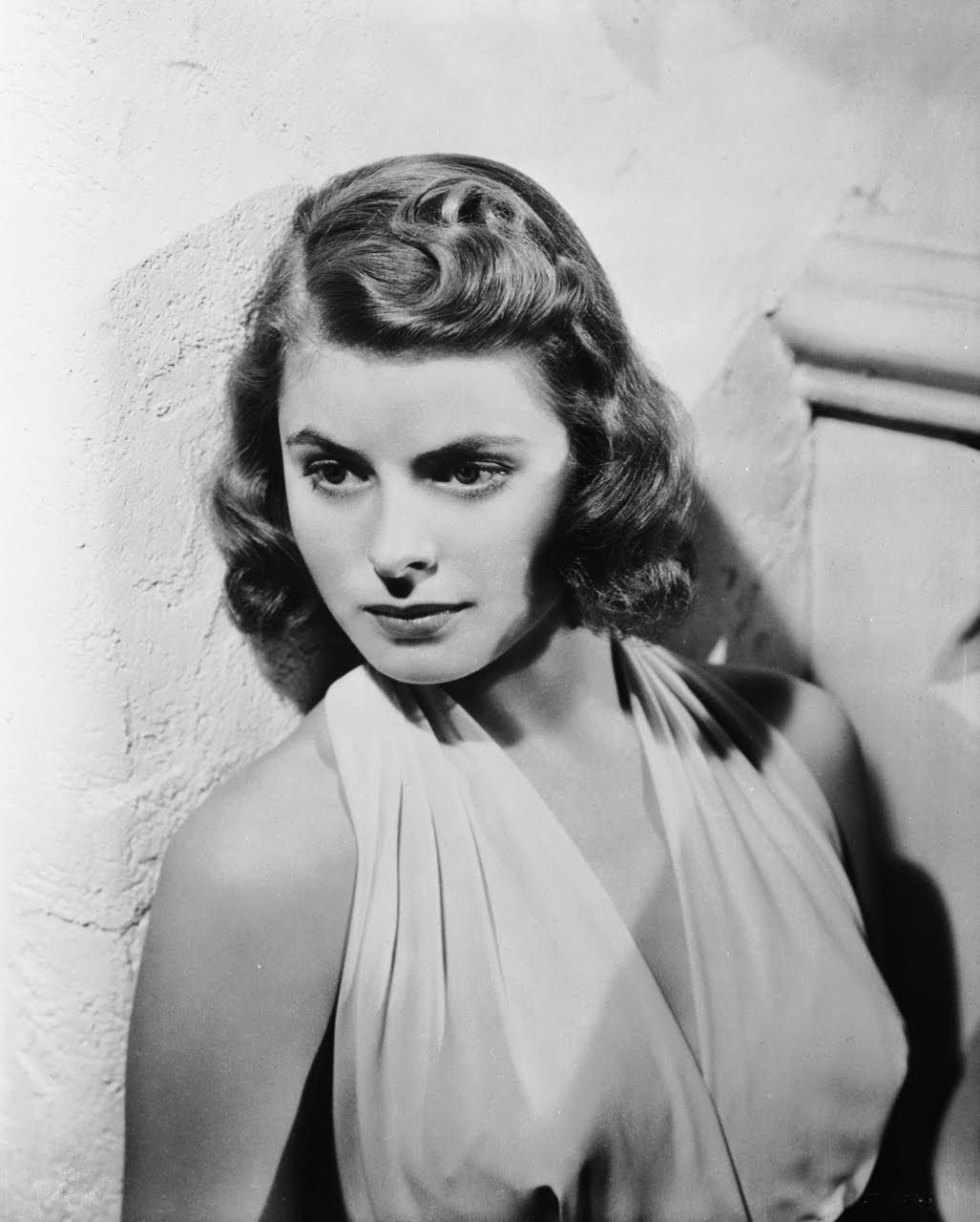
Stardom and Scandal
Ingrid Bergman’s first movie was “Munkbrogreven” (The Count of the Old Town), a Swedish film released in 1935. It was a lighthearted comedy in which Bergman played a minor role. Though not particularly notable, it marked her entry into the world of cinema. Her first starring role came shortly after, in the 1936 Swedish film
In the 1950s, Bergman’s personal life became a public scandal. While filming “Stromboli” in Italy, she began an affair with director Roberto Rossellini, resulting in a child out of wedlock. This led to her being ostracized by Hollywood and denounced by the U.S. Senate. Despite the backlash, Bergman and Rossellini collaborated on several films, and she continued to thrive in European cinema, demonstrating an unwavering commitment to her craft.
Bergman made a celebrated return to Hollywood in the 1956 film “Anastasia”, for which she won her second Academy Award. She continued to work with some of the greatest directors of her time, including Ingmar Bergman (no relation) in “Autumn Sonata” (1978), which earned her another Oscar nomination. Her third Academy Award came for her supporting role in “Murder on the Orient Express” (1974), further cementing her legacy.

Intermezzo film
“Intermezzo” (1939) became a major turning point in her career that launched Ingrid Bergman into international fame and ultimately led her to Hollywood. This film not only established her as a leading actress in Sweden but also caught the attention of Hollywood producer David O. Selznick who brought Bergman to the United States to star in the 1939 English-language remake of the same film
“Intermezzo” is a Swedish film directed by Gustaf Molander, the film is a romantic drama that tells the poignant story of a forbidden love affair. The film follows Holger Brandt (played by Gösta Ekman), a famous violinist, who falls in love with his daughter’s piano teacher, Anita Hoffman (Ingrid Bergman). Despite their passionate connection, their relationship is complicated by Holger’s family obligations and societal expectations. The story explores themes of love, sacrifice, and the consequences of pursuing one’s desires. In “Intermezzo”, Bergman’s portrayal of Anita Hoffman was both tender and captivating. Her naturalistic acting style, combined with her luminous beauty, set her apart from the more theatrical performances typical of the era. This role showcased her ability to convey deep emotion with subtlety, earning her critical acclaim in Sweden.
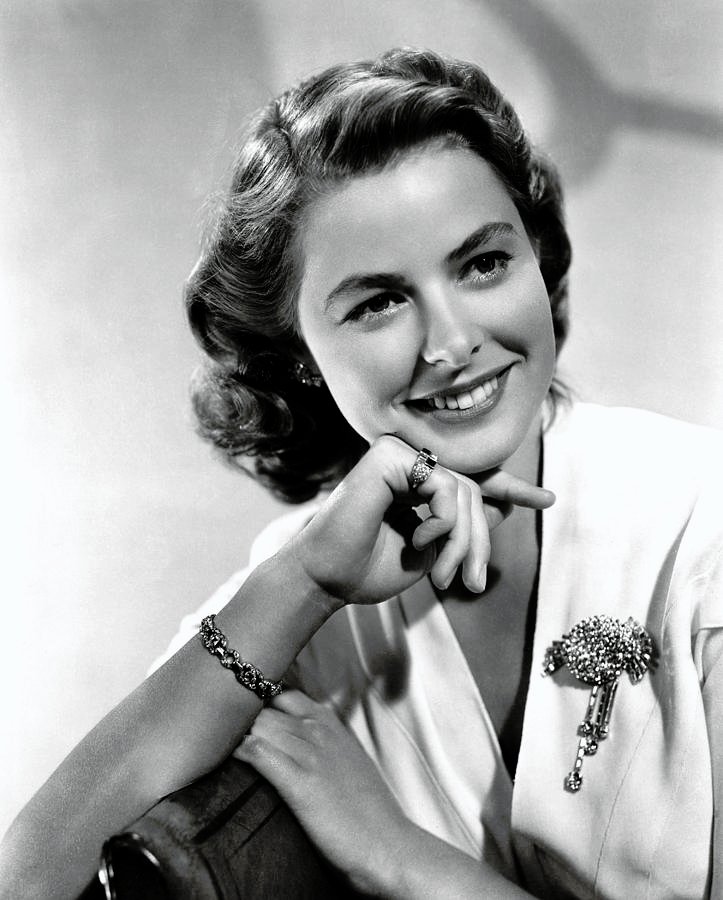
Casablanca film
Her most iconic and legendary Hollywood success came with the film “Casablanca” (1942), one of the most celebrated films in cinematic history. The film immortalized Ingrid Bergman as one of Hollywood’s greatest stars. Directed by Michael Curtiz, the film is a romantic drama set against the backdrop of World War II, blending themes of love, sacrifice, and political intrigue.
The story unfolds in Casablanca, a Moroccan city under Vichy French control, a haven for refugees fleeing Nazi-occupied Europe. At the heart of the film is Rick Blaine (played by Humphrey Bogart), a cynical American expatriate who owns the popular nightclub “Rick’s Café American.” Rick’s world is upended when his former lover, Ilsa Lund (Ingrid Bergman), arrives in Casablanca with her husband, Victor Laszlo (Paul Henreid), a resistance leader being pursued by the Nazis. Ilsa and Victor need Rick’s help to secure exit visas to escape to America, but their past romance complicates the situation.
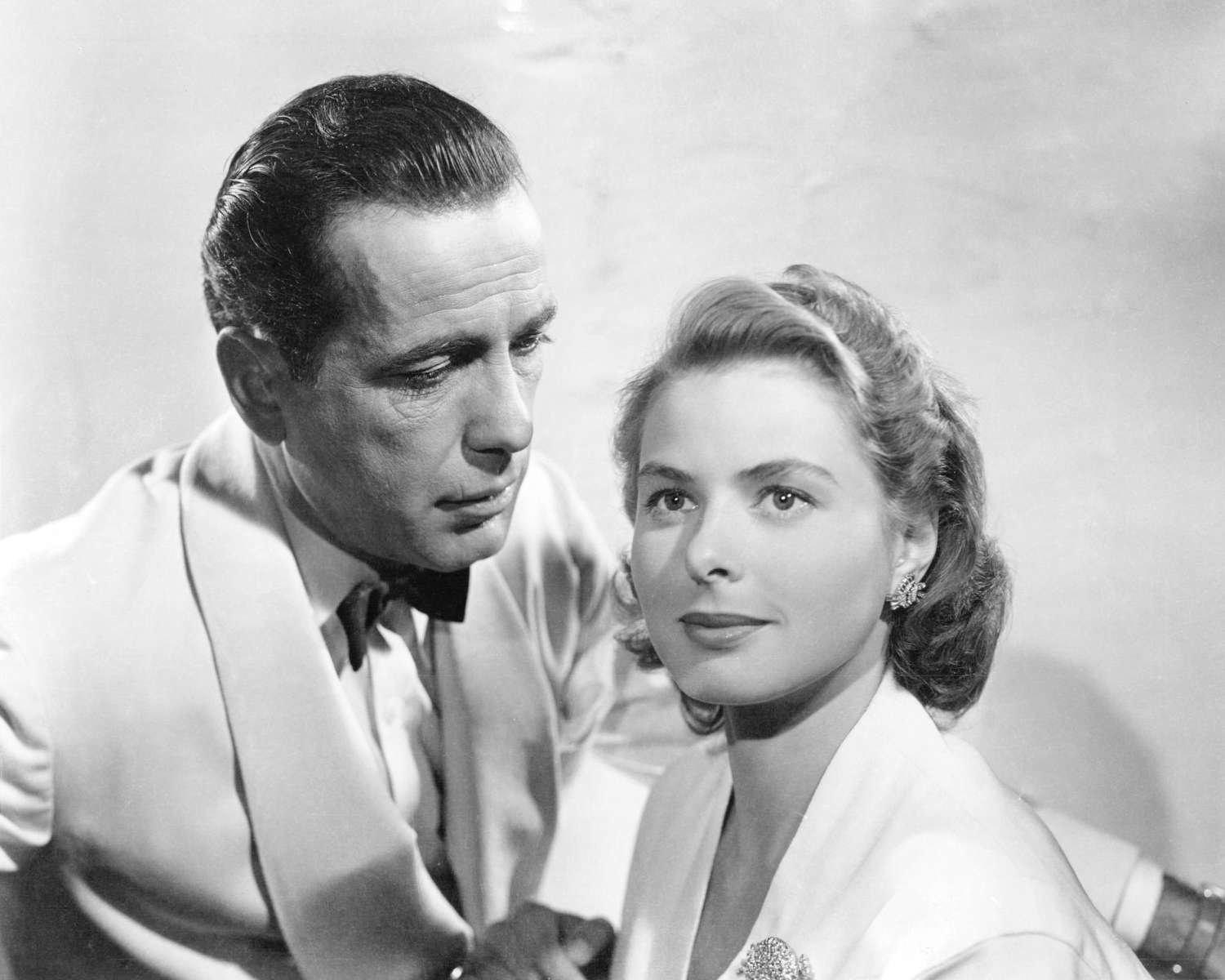
The film’s tension builds as Rick must decide whether to prioritize his own feelings for Ilsa or help her and Victor escape for the greater good. As Ilsa Lund, Bergman delivered a performance that perfectly balanced vulnerability, strength, and emotional complexity. Her luminous presence and expressive eyes conveyed the depth of her character’s inner conflict, particularly in her scenes with Bogart.
The love triangle between Rick, Ilsa, and Victor forms the emotional core of the film. Bergman’s chemistry with Bogart is electric, even as the script deliberately leaves parts of their backstory to an open ending for a new story.
“Casablanca” won three Academy Awards, including Best Picture, and remains a timeless classic. Bergman’s portrayal of Ilsa cemented her status as a Hollywood legend, and the film continues to be celebrated for its masterful storytelling, unforgettable characters, and enduring themes. For Bergman, “Casablanca” was a career-defining role that showcased her ability to convey profound emotion with grace and subtlety. It remains one of her most iconic performances.
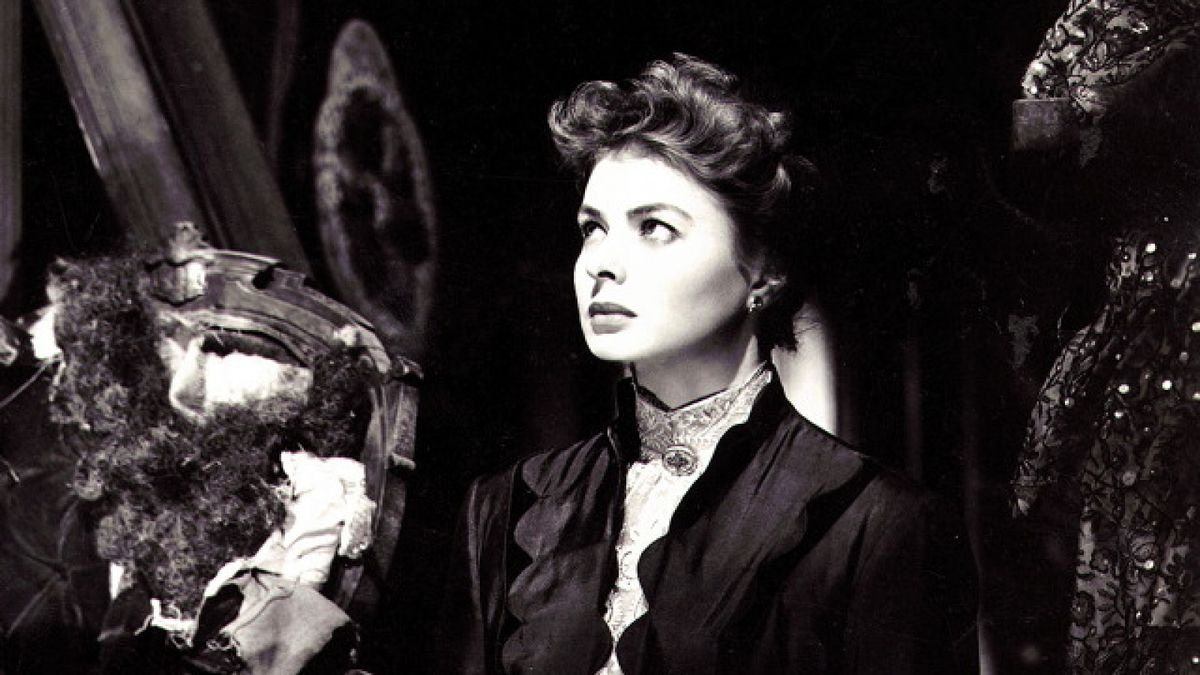
Gaslight film
“Gaslight” (1944) is a psychological thriller that earned Ingrid Bergman her first Academy Award for Best Actress. Directed by George Cukor, the film is a masterclass in suspense, exploring themes of manipulation, deception, and psychological abuse. It is also the origin of the term “gaslighting”, used to describe a form of psychological manipulation.
The story begins with Paula Alquist (Ingrid Bergman), a young woman traumatized by the unsolved murder of her famous opera-singer aunt. Years later, Paula falls in love with and marries the charming Gregory Anton (played by Charles Boyer).
The couple moves into Paula’s aunt’s London townhouse, where strange occurrences begin to unravel Paula’s sense of reality. Gregory subtly manipulates Paula into believing she is losing her mind, isolating her from the outside world and making her doubt her perceptions. He dims the gaslights in the house while denying it happens and hides objects only to accuse her of misplacing them.
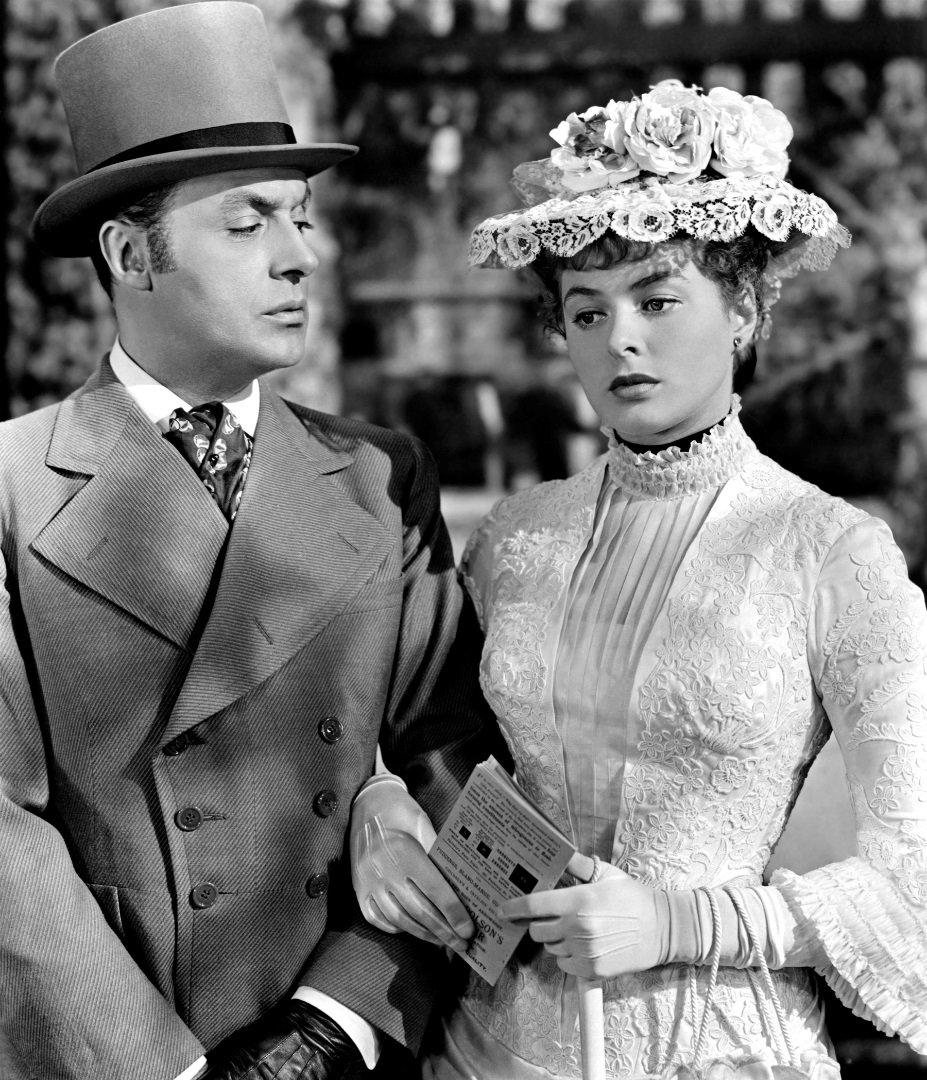
His ultimate goal is to drive Paula insane so he can search the house for her aunt’s hidden jewels without interference. Paula’s salvation comes when a detective, Brian Cameron (Joseph Cotten), uncovers Gregory’s sinister plot and helps her reclaim her sanity and agency. Ingrid Bergman’s portrayal of Paula is a tour de force. She captures the character’s descent into self-doubt and fear with heartbreaking authenticity, while also conveying resilience and strength as Paula fights to regain control of her life.
Her performance is nuanced and deeply emotional, making Paula’s journey all the more compelling. Her ability to depict a woman on the edge of madness with such subtlety and grace was widely praised, and the film itself became a classic of the suspense genre.
“Gaslight” is more than just a thrilling drama, it’s a study in power dynamics and psychological manipulation.
The term “gaslighting” has entered the cultural lexicon, underscoring the film’s lasting impact. For Bergman, “Gaslight” was a milestone that solidified her reputation as one of the most talented and versatile actresses of her time. Her performance remains a benchmark for portrayals of psychological complexity in cinema.
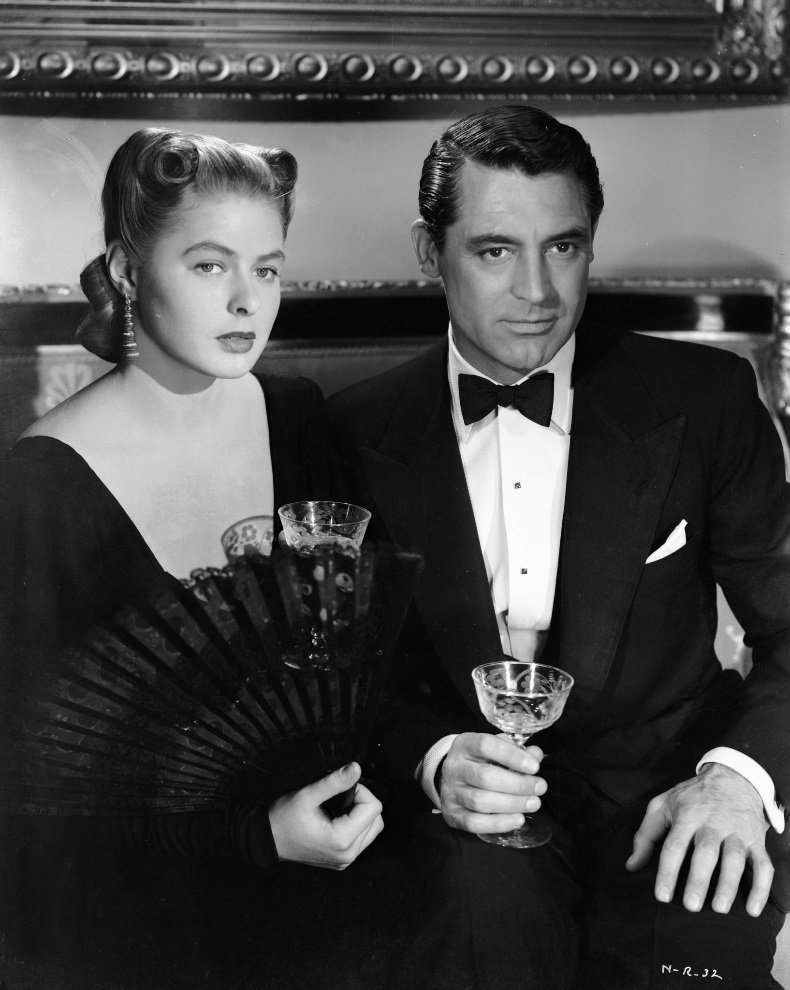
Notorious film
“Notorious” (1946), directed by Alfred Hitchcock, showcased her versatility and depth. “Notorious” is a masterful blend of espionage, romance, and psychological tension. Ingrid Bergman stars alongside Cary Grant, and their electrifying chemistry elevates the film to iconic status. It remains one of Hitchcock’s finest works and a testament to Bergman’s acting brilliance.
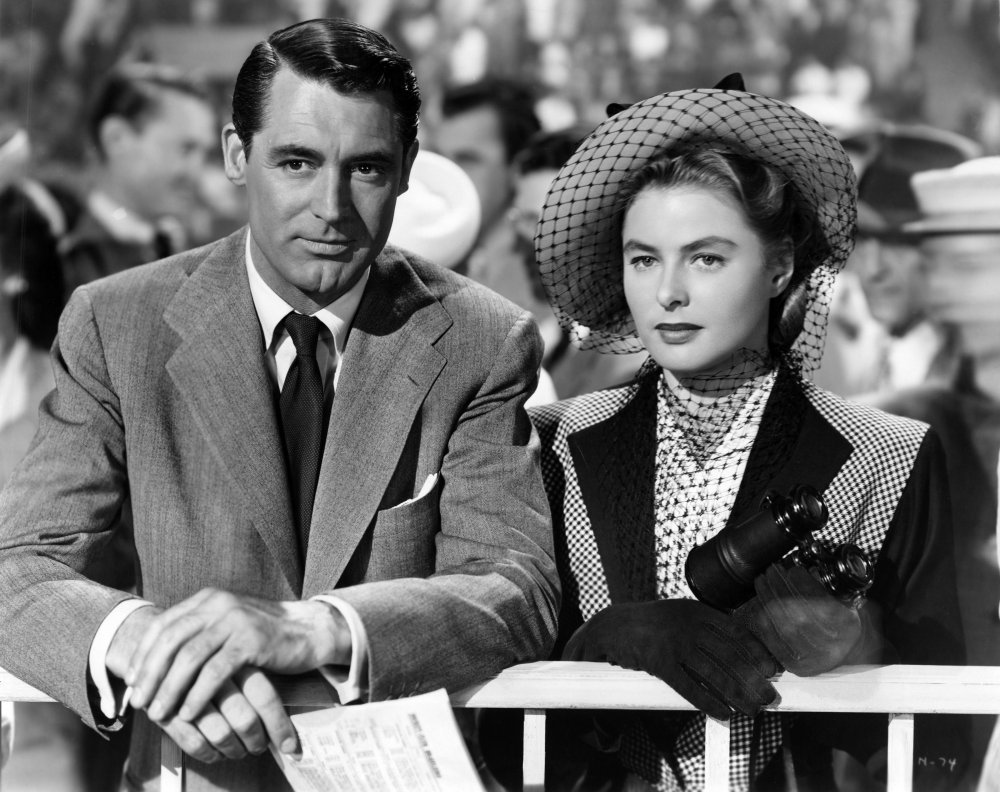
Set in the aftermath of World War II, the film follows Alicia Huberman (Ingrid Bergman), the daughter of a convicted Nazi spy. Disillusioned and reckless, Alicia is recruited by U.S. government agent T.R. Devlin (Cary Grant) to infiltrate a Nazi group operating in Brazil. To gain the trust of the group’s leader, Alexander Sebastian (Claude Rains), Alicia must seduce and marry him, despite her growing love for Devlin. This mission tests Alicia’s courage and morality, as well as Devlin’s feelings for her, leading to a taut emotional conflict.
As Alicia uncovers the group’s secrets, she finds herself in mortal danger when Sebastian discovers her betrayal. The film builds to a tense climax as Devlin must rescue her from Sebastian’s clutches. Ingrid Bergman’s performance as Alicia is layered and deeply compelling. She portrays a woman grappling with guilt, love, and the demands of espionage with remarkable emotional depth. Alicia is vulnerable yet strong, seductive yet sincere, and Bergman’s portrayal captures these contradictions with grace.
Her scenes with Cary Grant crackle with tension and unspoken desire, particularly in their famous extended kiss, which cleverly bypassed the Production Code’s restrictions on screen intimacy. Hitchcock uses “Notorious” to explore themes of trust, loyalty, and sacrifice, weaving them into a gripping narrative. The film’s cinematography is equally iconic, especially the famous key shot, where the camera dramatically zooms in on a key in Alicia’s hand, symbolizing her precarious position.

“Notorious” received widespread acclaim upon release and is now regarded as one of the greatest films of all time. Bergman’s performance was praised for its complexity and authenticity, while her chemistry with Grant remains one of the most memorable pairings in cinema history.
Though Bergman did not win an Oscar for this role, her work in “Notorious” is often cited as one of her finest performances, showcasing her versatility and her ability to anchor a film with her emotional depth and charisma. “Notorious” is a quintessential Hitchcock film and a shining example of Ingrid Bergman’s talent. It continues to captivate audiences with its suspenseful storytelling, unforgettable performances, and the undeniable allure of its two leads.
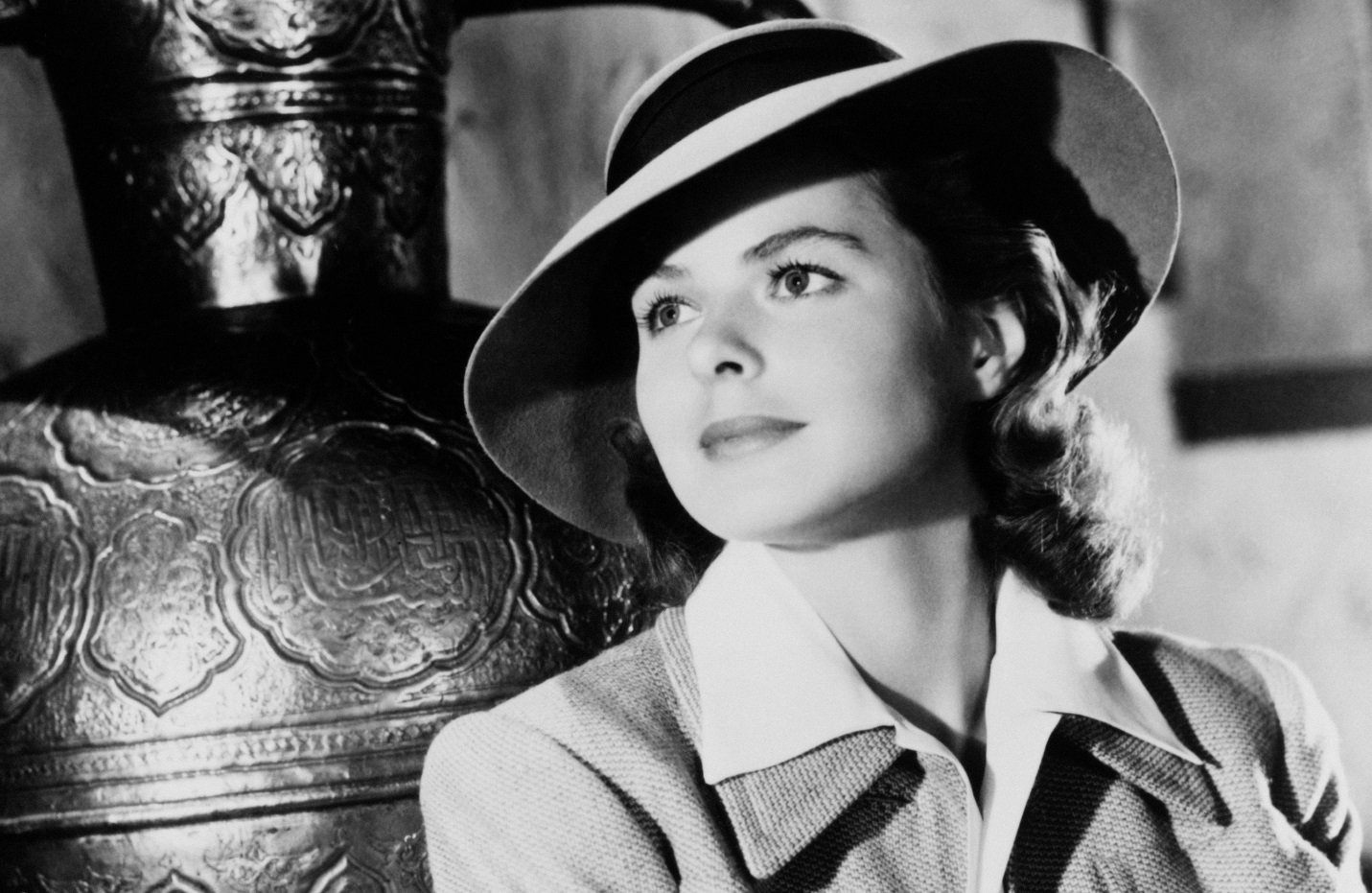
Legacy
Ingrid Bergman’s career spanned five decades and over 50 films, earning her a reputation as one of the most talented and enduring actresses of all time. Her ability to convey vulnerability and strength with equal measure made her a beloved figure in the film industry. Bergman was awarded with 3 Oscars, 4 Golden Globes, Tony, 2 Emmys, BAFTA, Cesar, Venice, 3 Donaello, and 5 Bambi. She passed away on August 29, 1982, her 67th birthday, after a battle with breast cancer.
Bergman’s legacy is one of resilience and reinvention. She defied conventions, weathered public scrutiny, and continually pushed the boundaries of her art. Today, she remains a symbol of timeless elegance and artistic integrity. As she once said, “I have no regrets. I have had it all, love, passion, work, children. I have done everything I wanted to do, and I think I have been very lucky.”
Sources
IMDB
Hollywood Reporter
Variety
Ingrid Bergman: My Story, Ingrid Berman, Delacorte Press, NY, 1980.
Ingrid: Ingrid Bergman, A Personal Biography, Charlotte Chandler, New York: Simon & Schuster, NY, 2007.
As Time Goes By: The Life of Ingrid Bergman, Laurence Leamer, Harper & Row, NY, 1986.



